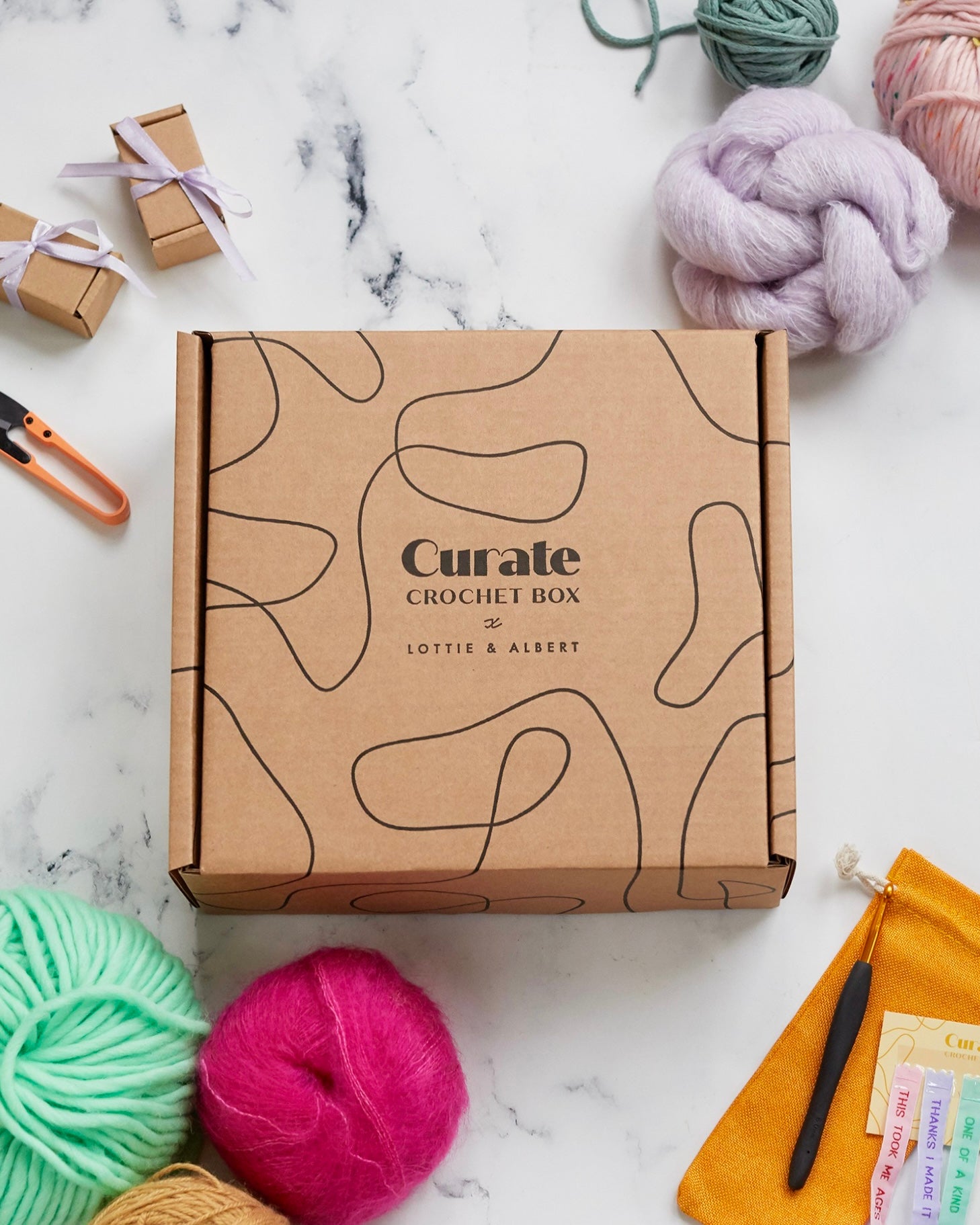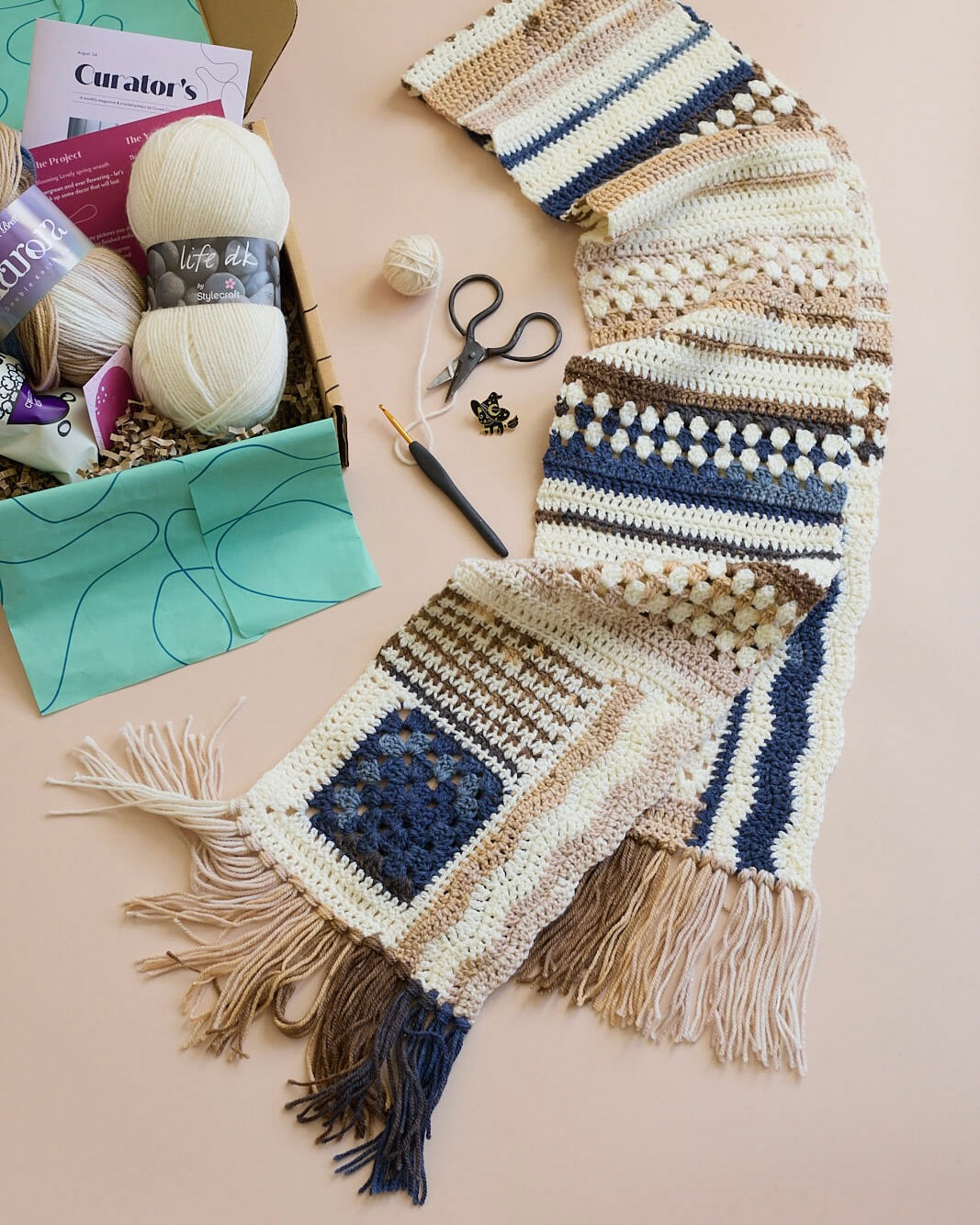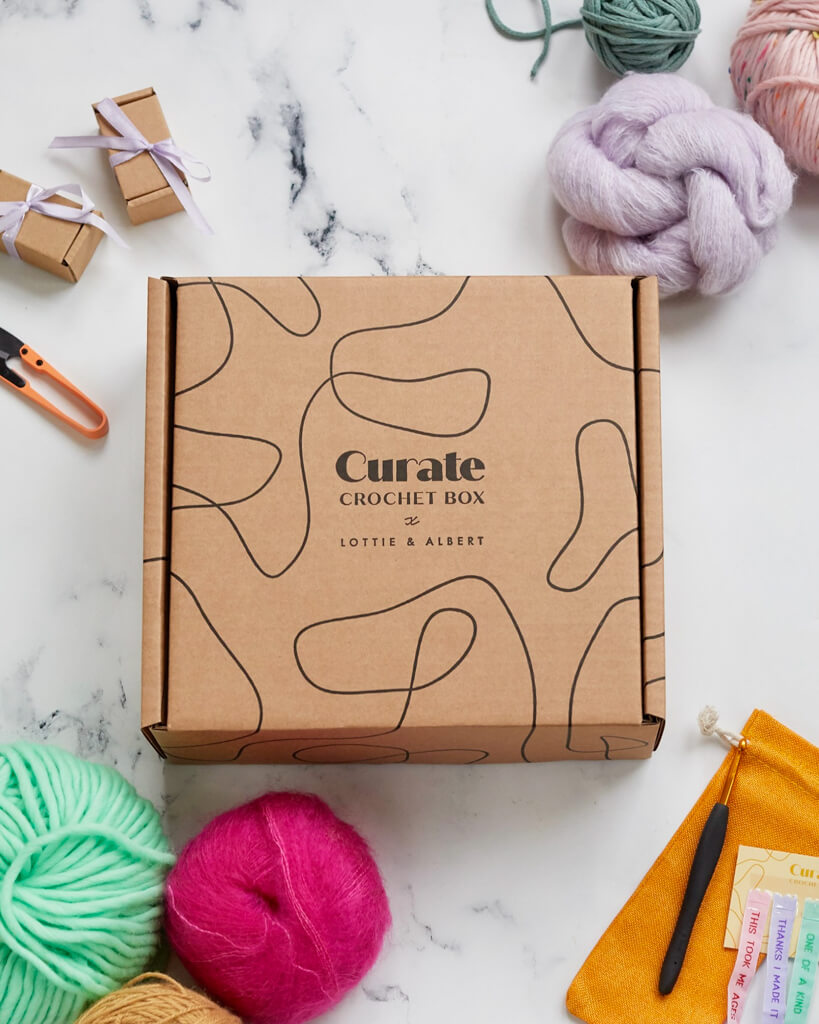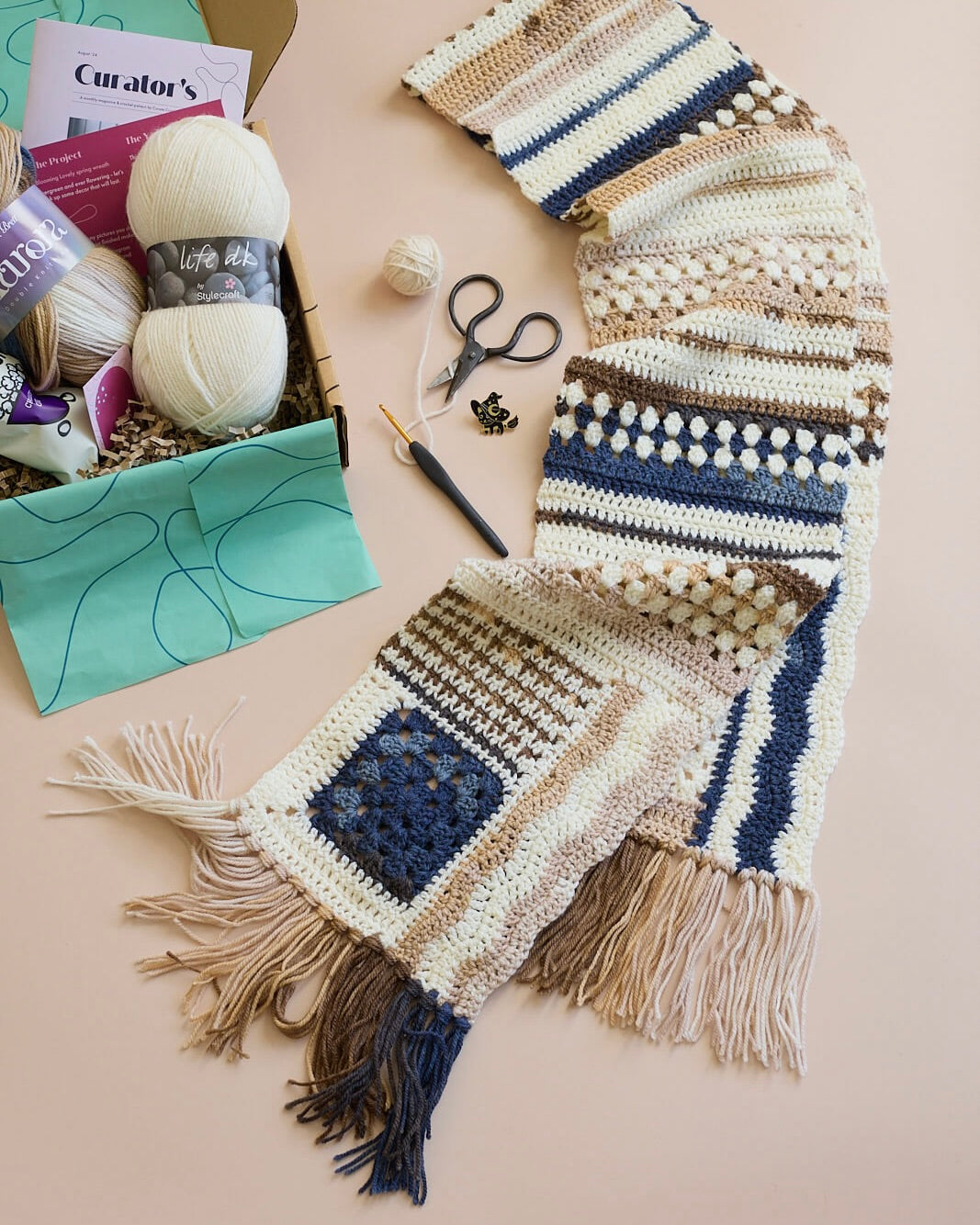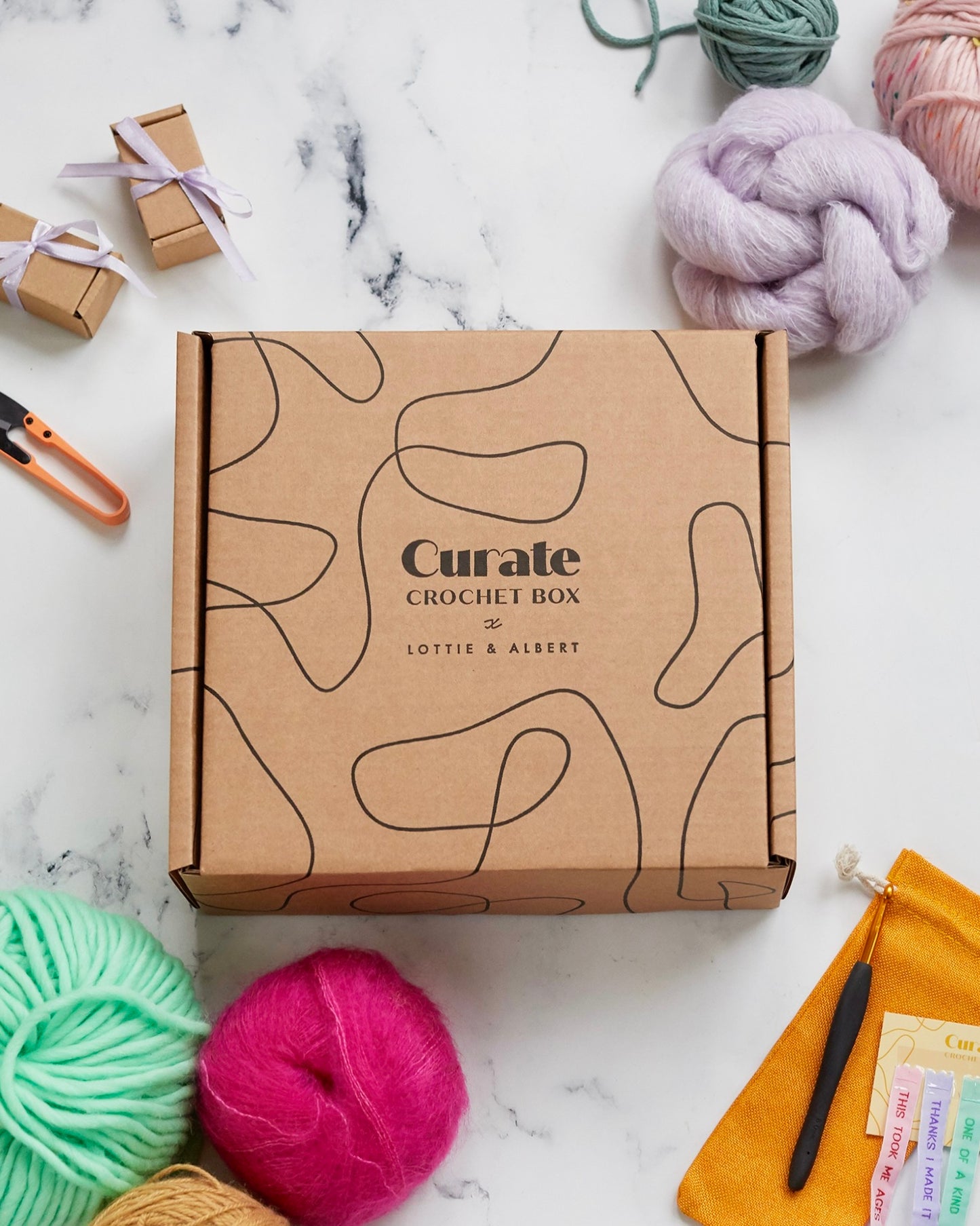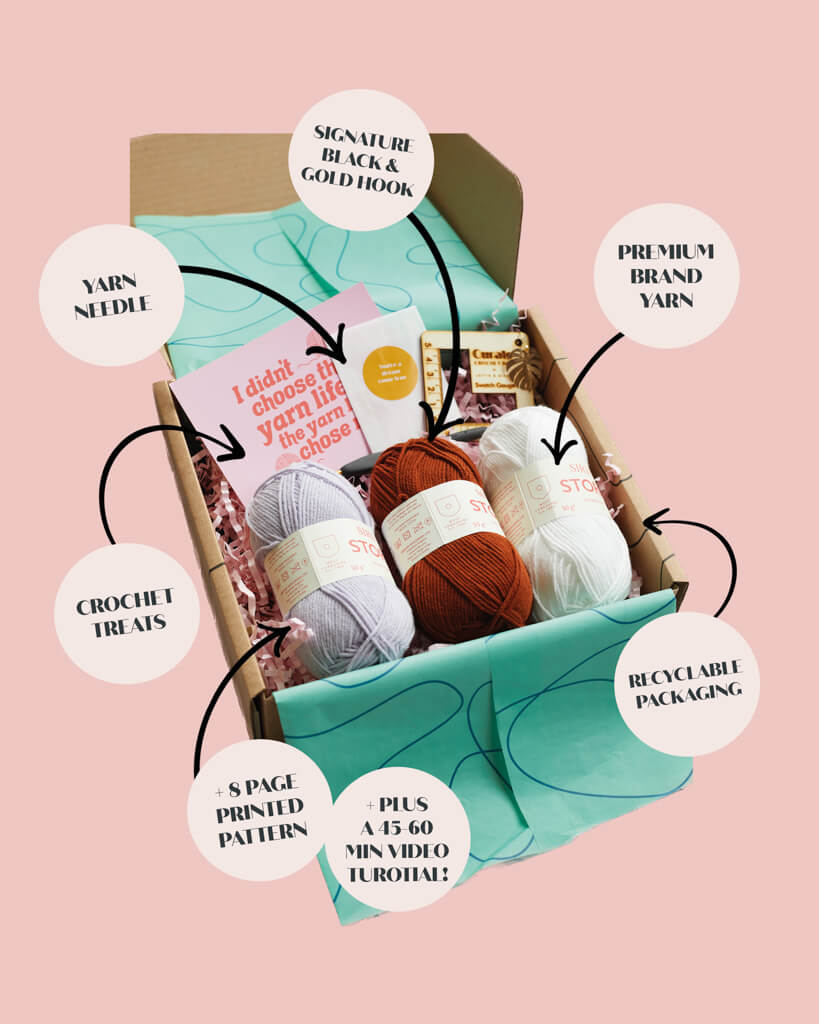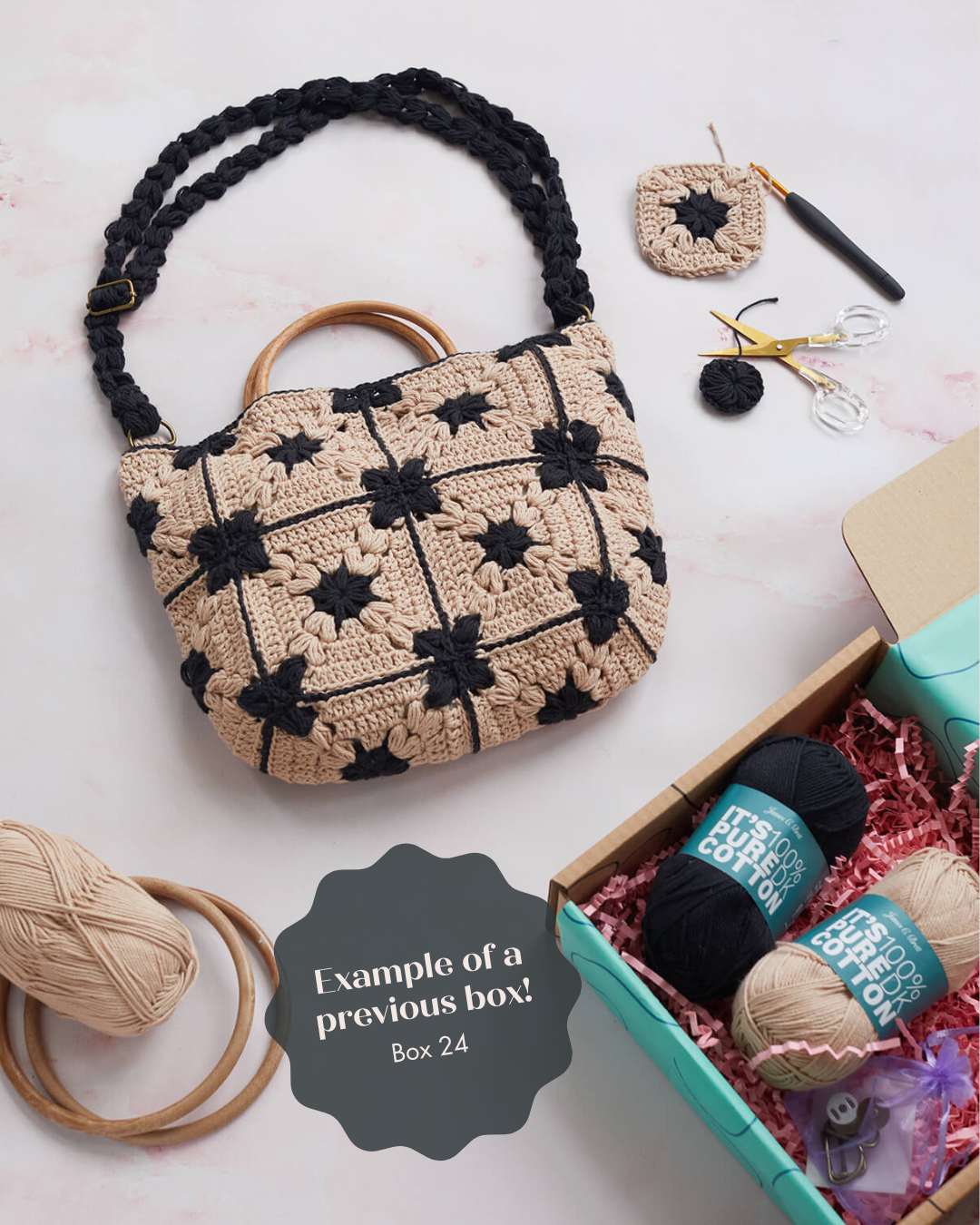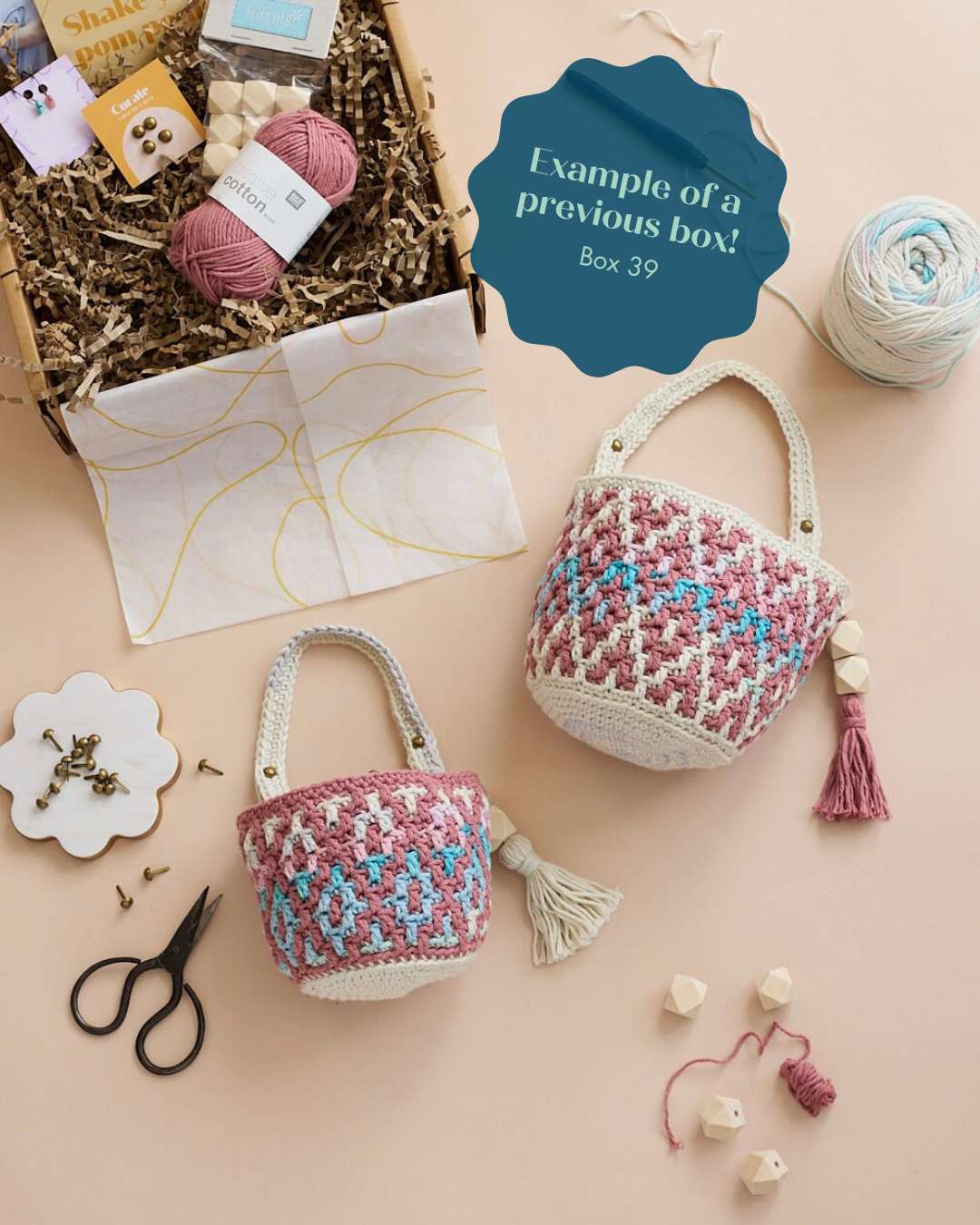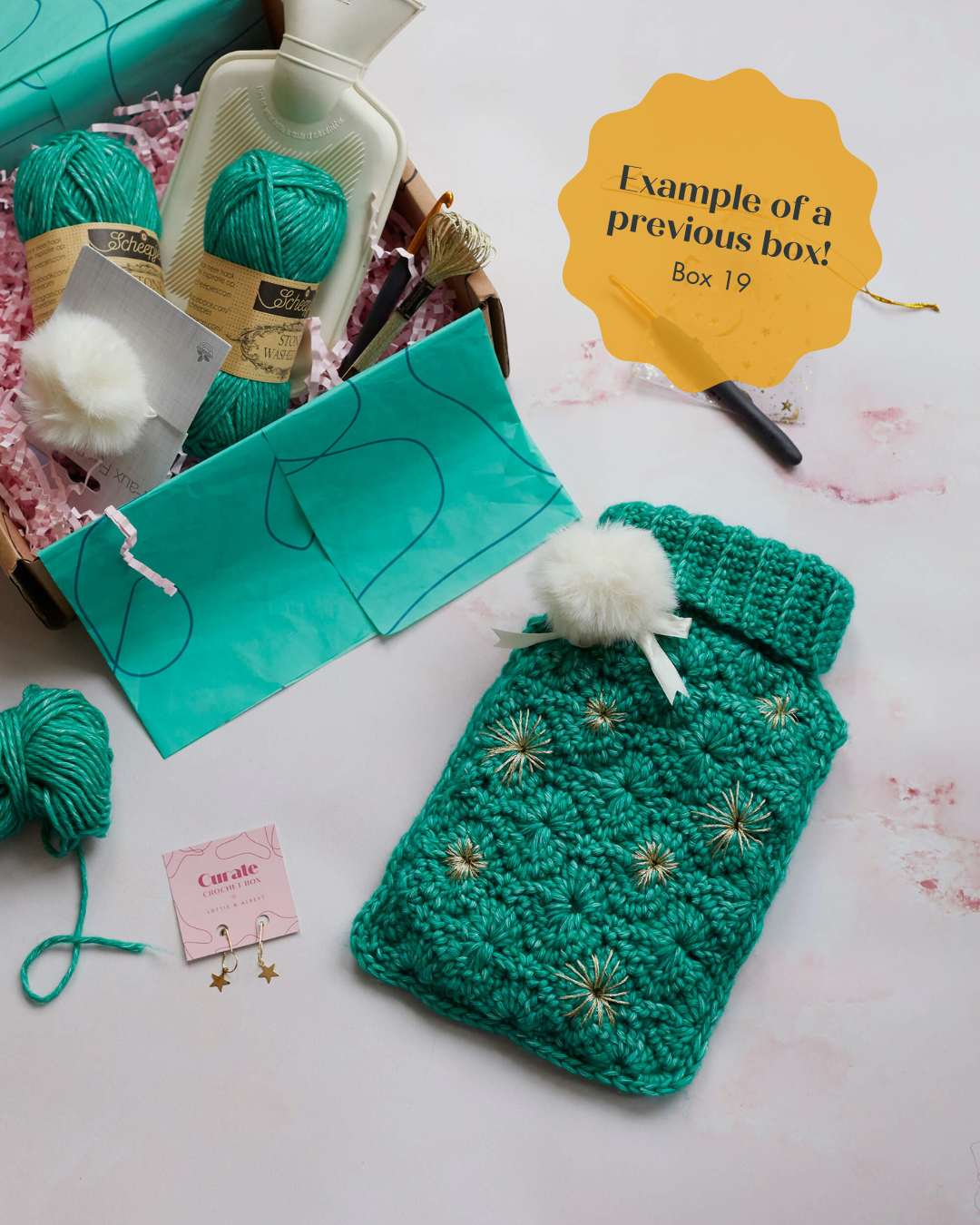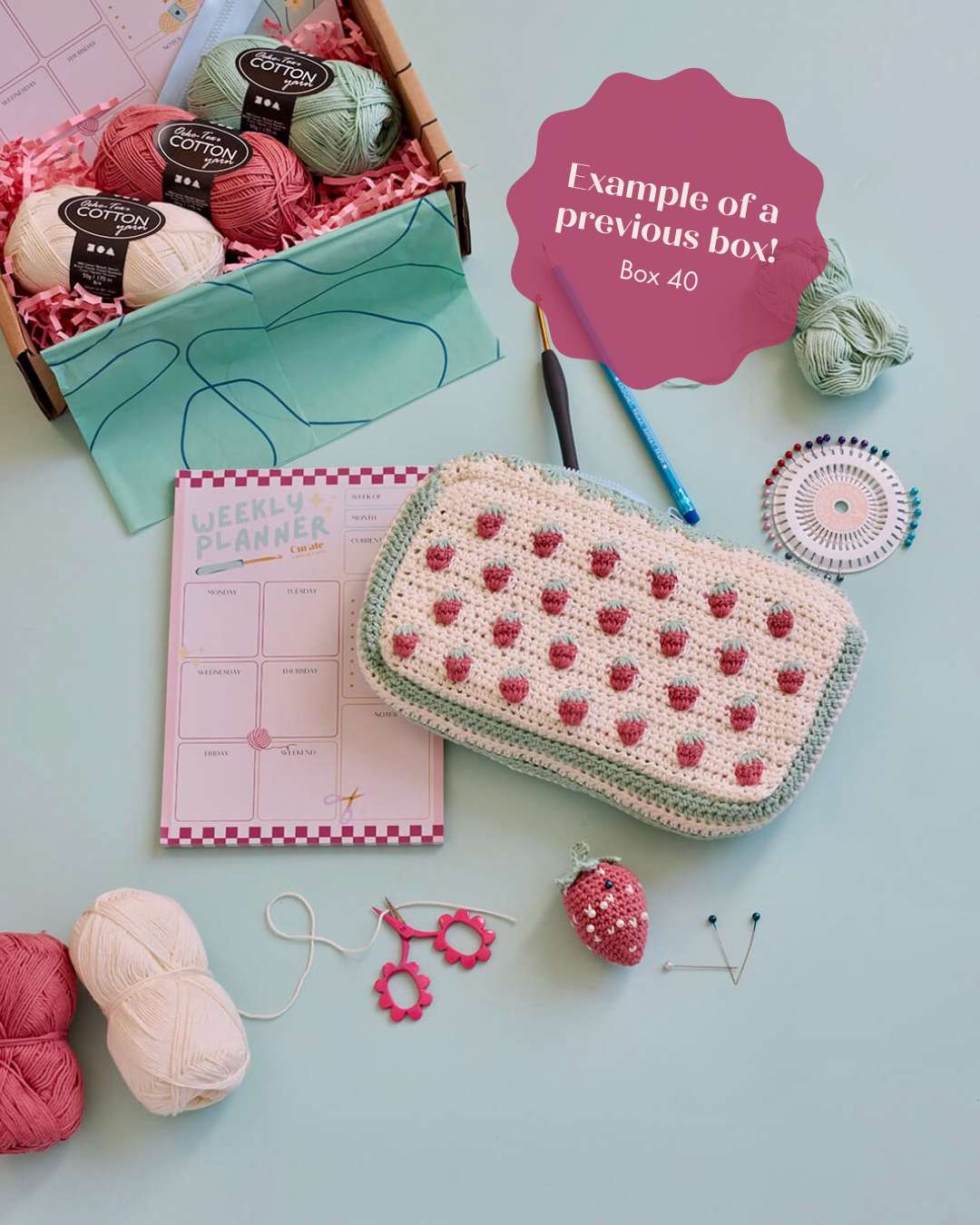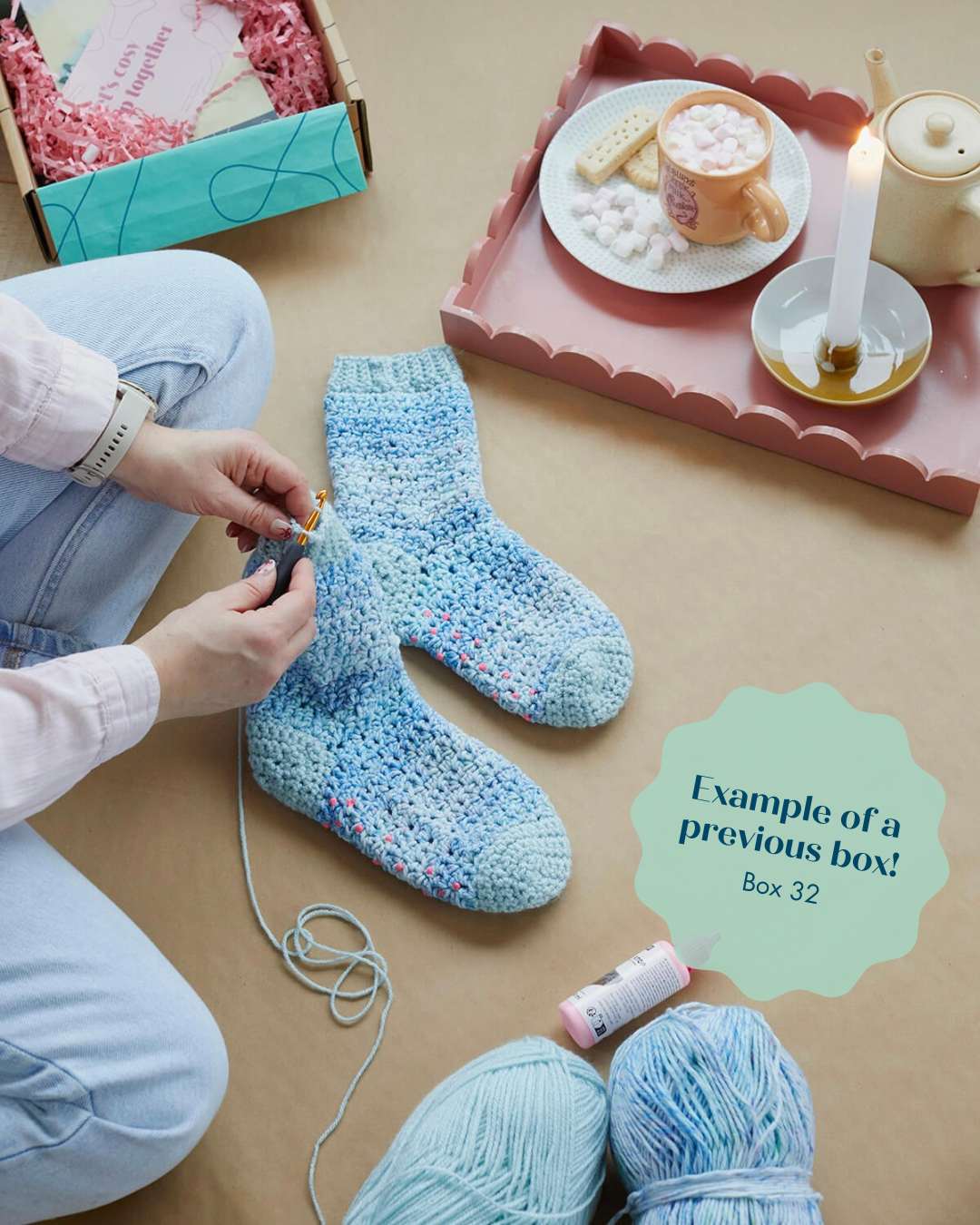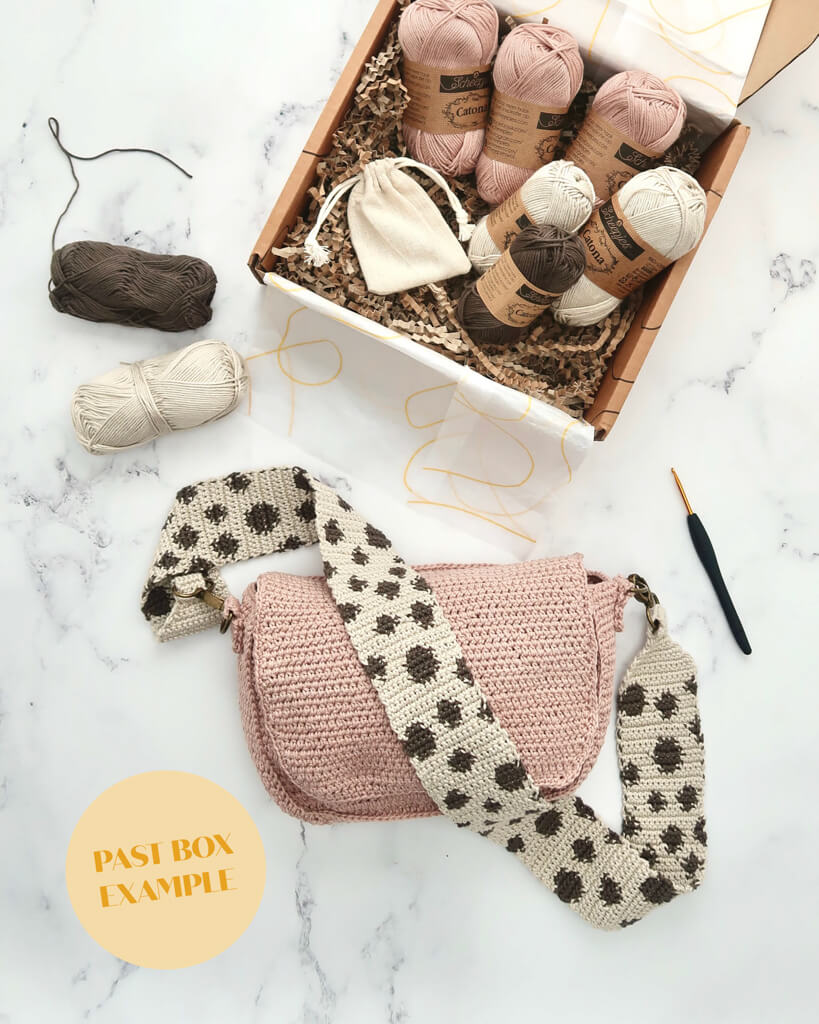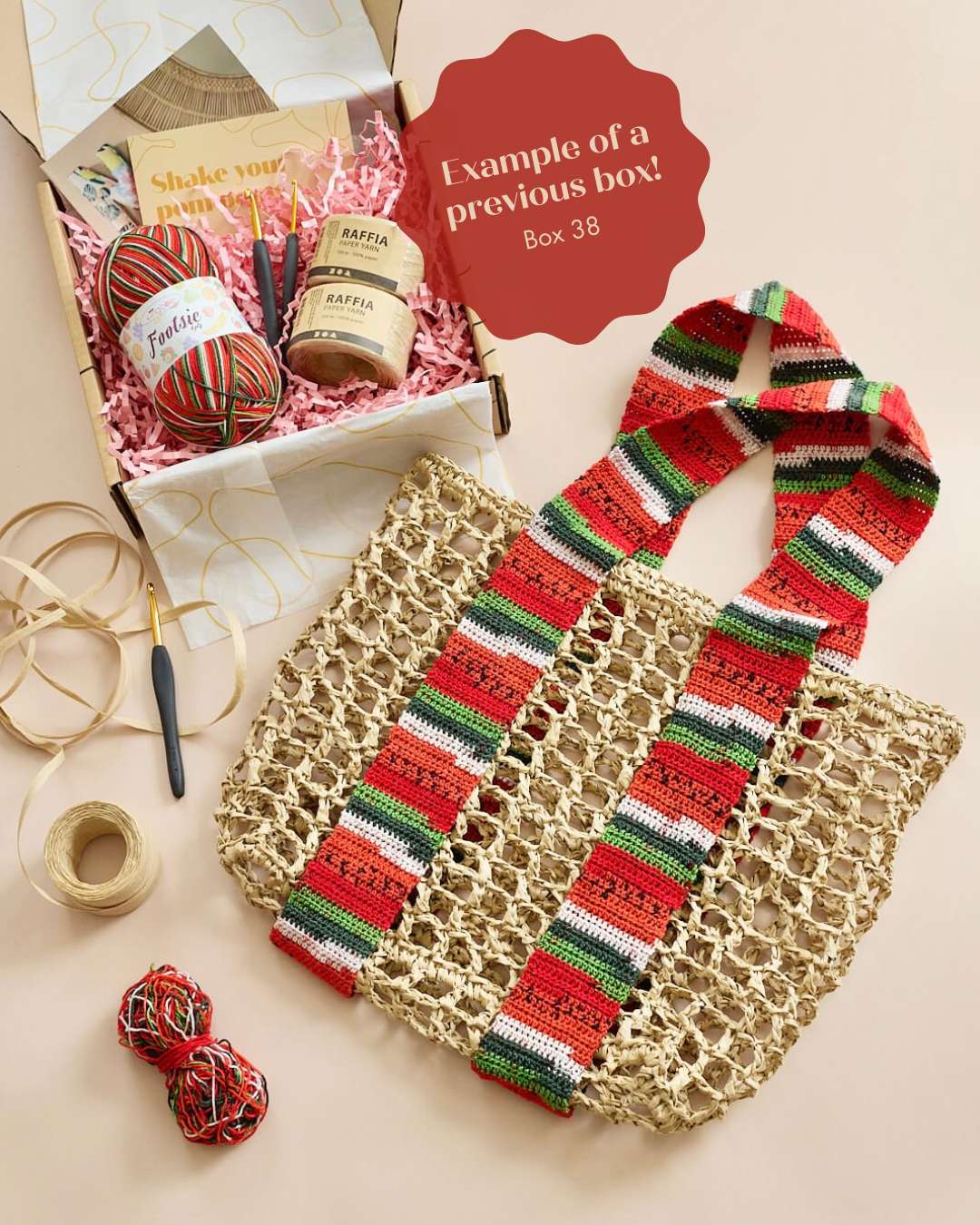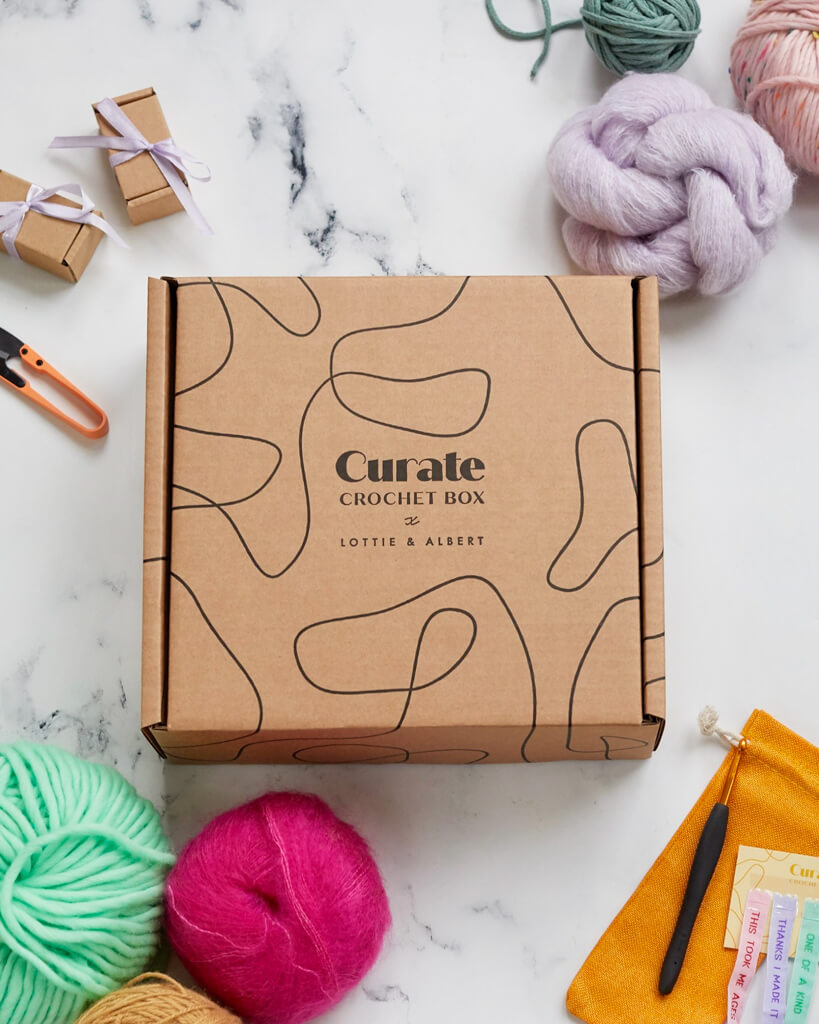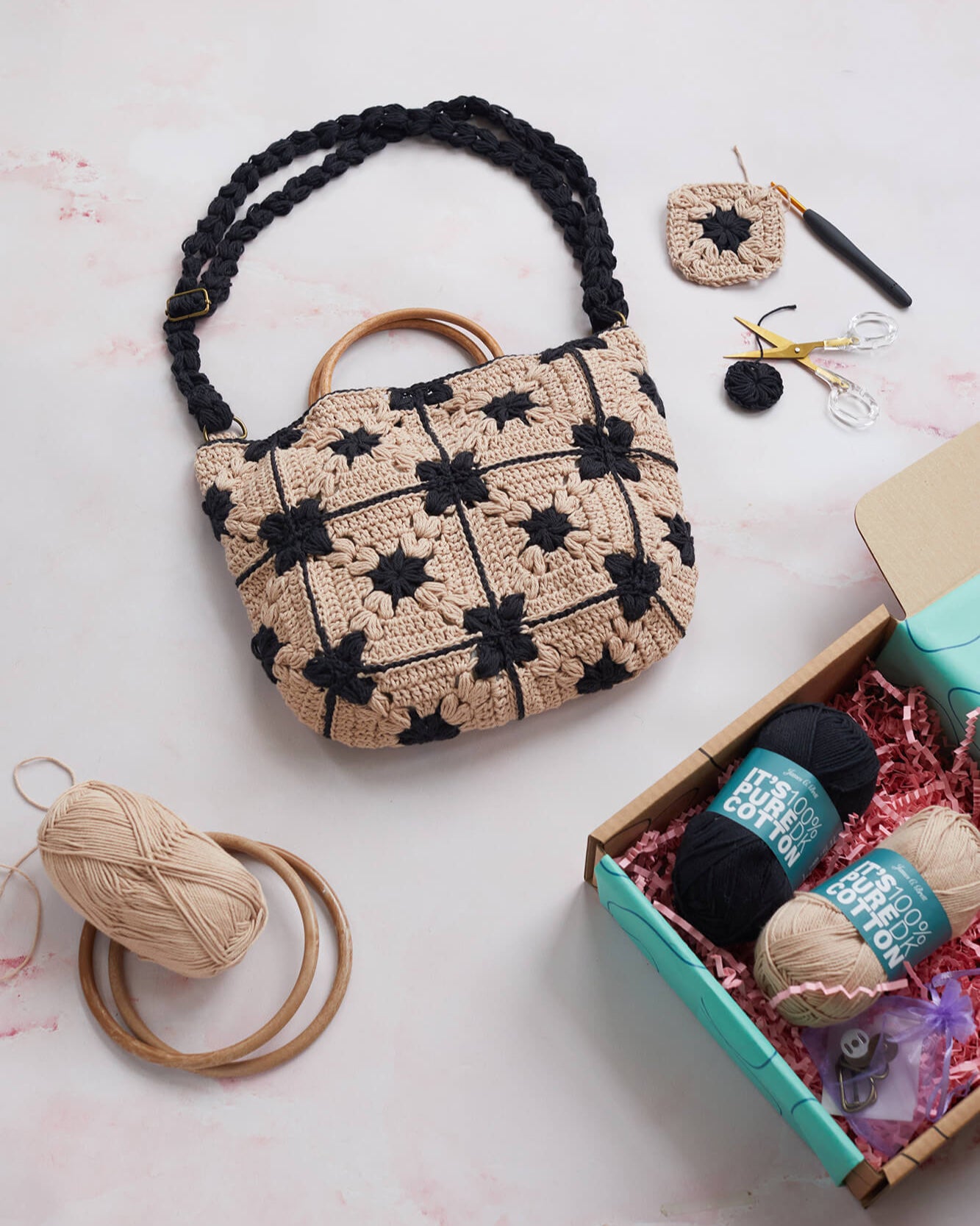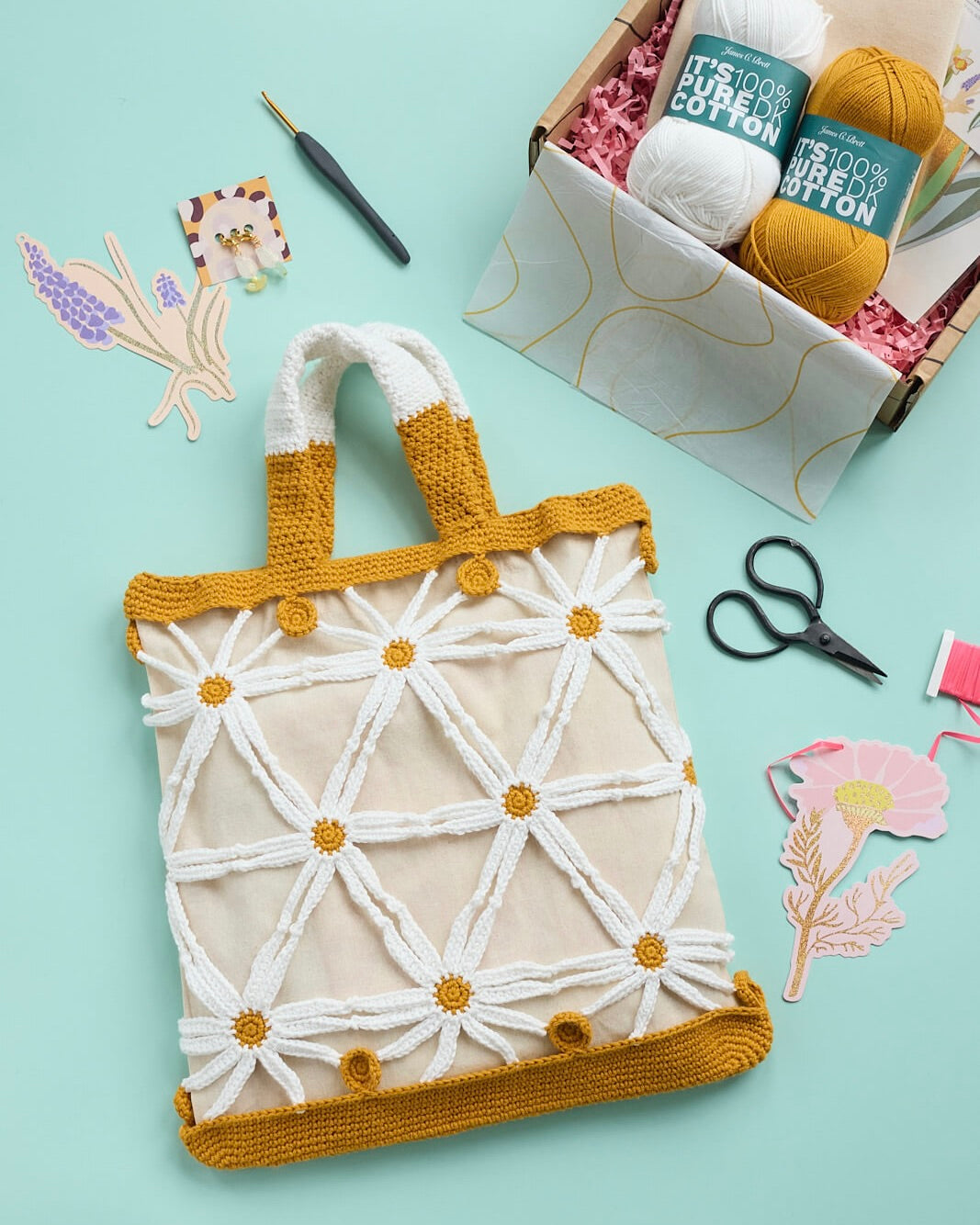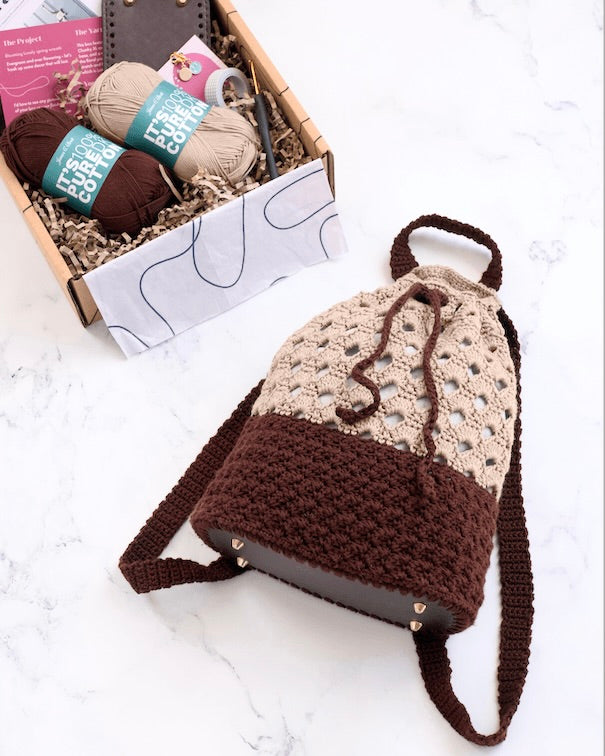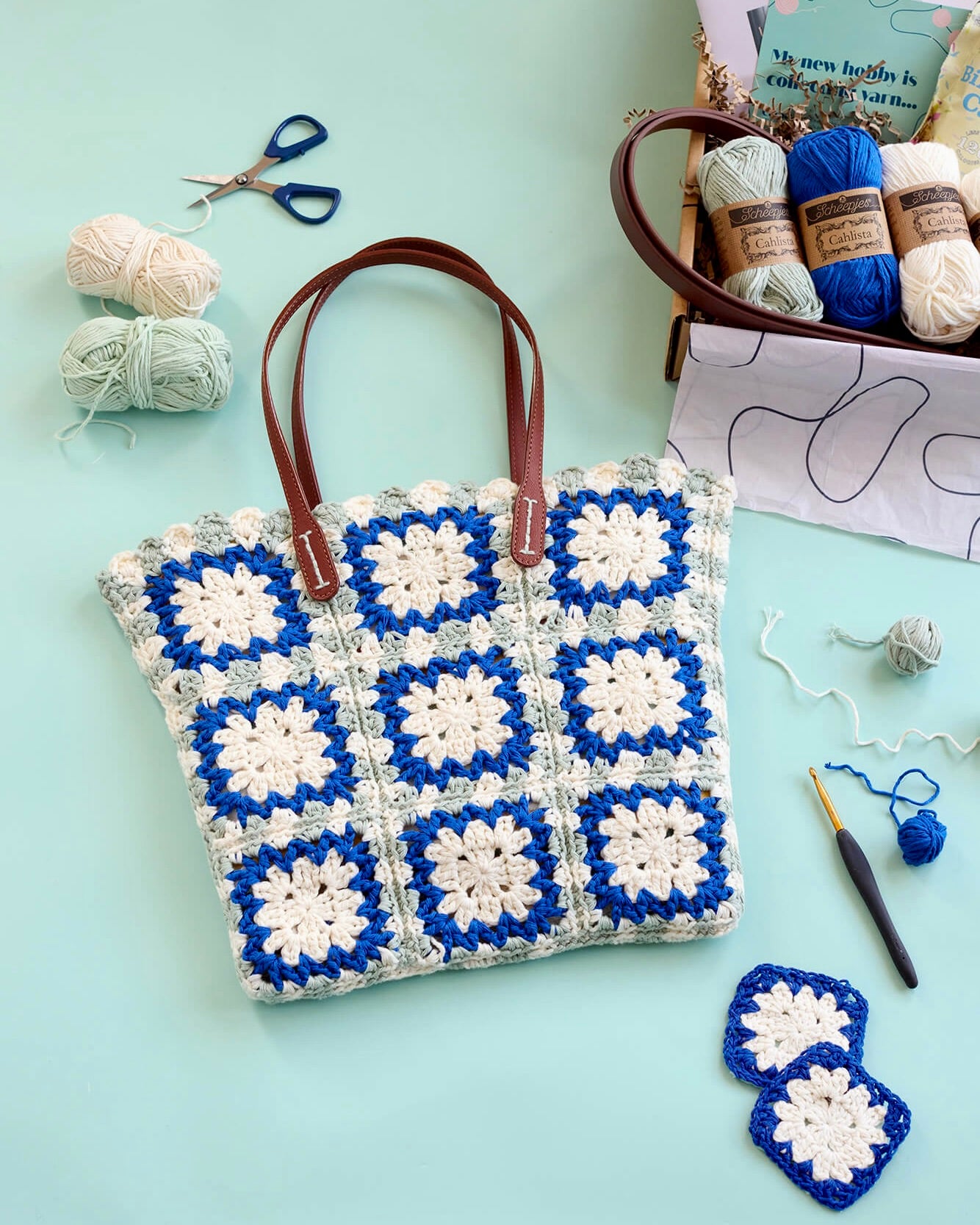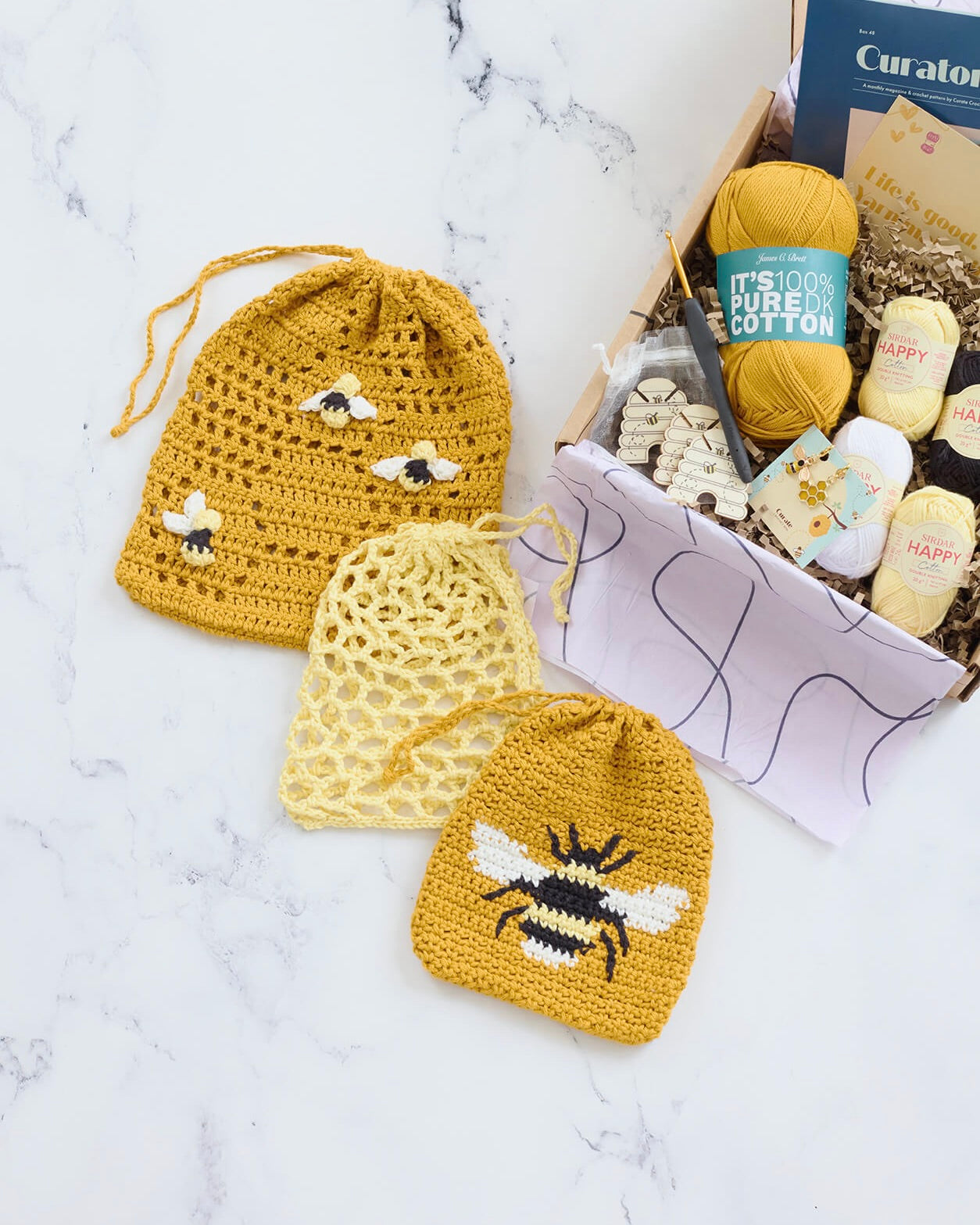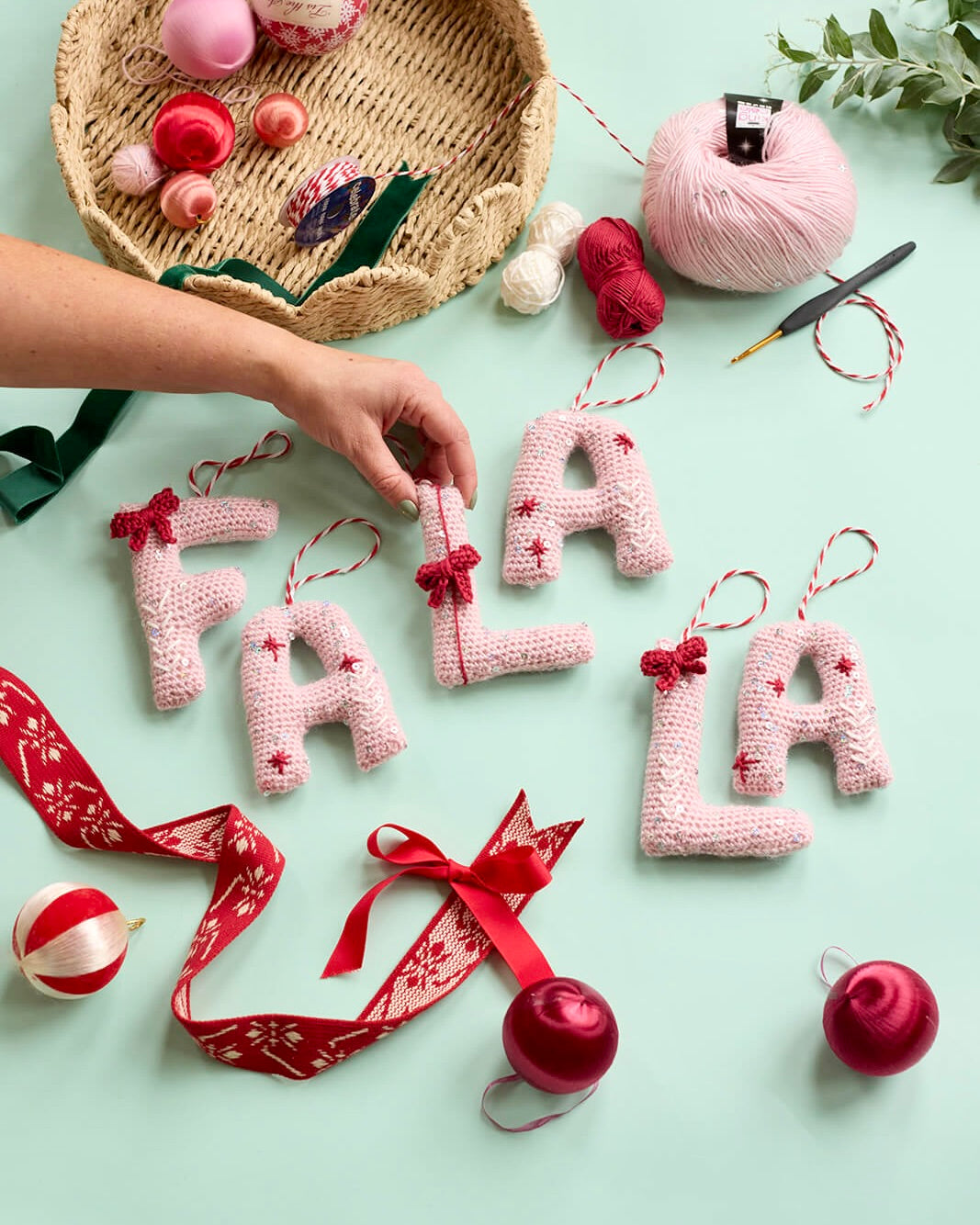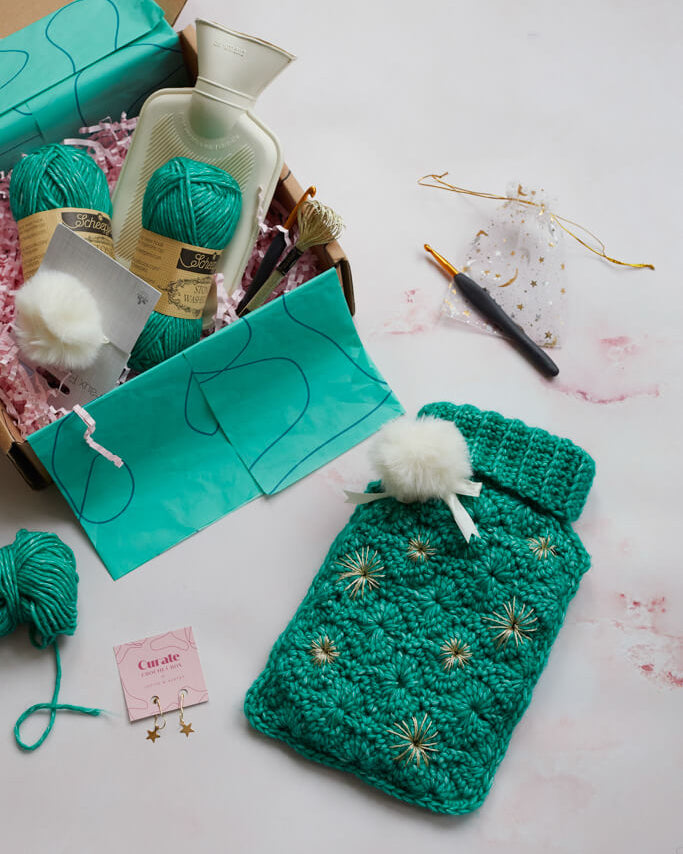Crochet Tie Knot Headband Alice band – free tutorial
The tutorial below will give instructions on how to cover a hairband the same size as mine, but also tips on how to adjust the tutorial to suit your hairband if it is a slightly different size!
This pattern is written in UK terms. See below for US conversions and stitch descriptions.
You Will Need
- A plain rigid plastic headband – TIP if your headband is the same width all the way around, this will be easier to cover.
- Scissors
- Yarn needle
- 3.5mm hook and DK/heavy sport weight yarn
OR
- 4.5mm hook and Aran/worsted weight yarn
Stitch descriptions
Slip stitch: Insert hook into stitch, yarn over and pull up a loop, pull this loop through first loop on hook
Double crochet (US single crochet): Insert hook into stitch, yarn over and pull up a loop, yarn over and pull through both loops
My hairband was bought from my local supermarket (cheap and cheerful!) and measures approx. 41cm (16in) long and 2.5cm (1in) wide.
Tube section
DK weight yarn (Aran weight yarn)
- Using a 3.5mm (4.5mm) hook, create a magic ring and chain 1.
- Make 10 (8) double crochet into the ring and pull closed.
- Working in a continuous spiral (do not slip stitch to join each round), work 1 double crochet into each stitch.
- Continue working double crochets, creating a tube, until your tube measures 41cm/16in (or the same length as your headband). Don't try and crochet around the headband: crochet the tube first and then put the headband in after.
- Slip stitch to fasten off, cut yarn and leave a long tail for sewing up later.
TIP – after a couple of rounds, check your headband fits the tube. If it is too tight, restart and add 2 stitches. If it is too loose, restart with 2 less stitches.
Tie knot section
DK weight yarn (Aran weight yarn)
- Using a 3.5mm (4.5mm) hook, chain 10 (8), turn.
- Chain 1 (this does not count as a stitch now or throughout), make 10 (8) double crochet into each chain, turn.
- Chain 1, make 10 (8) double crochet into each chain, turn. Repeat this step until your long flat strip measures 54cm/21in (the length of your 41cm/16in headband, plus 13cm/5in)
At this stage, check your tie knot section is long enough before you fasten off the yarn: find the mid point of the long flat strip you have just made, and tie a knot in the middle, around the headband. Create a knot as tight or as loose as your like the look off, and keep it central on the headband. The two ends of the long flat strip should reach the ends of your headband. If you need to pull gently to get them there, this is fine, but if they are far too short to reach, untie and add a few more rows.
Slip stitch to fasten off, cut yarn and leave a long tail for sewing up later.
Making up
- To make up the headband, first slide the tube onto your headband, and sew up the open end. Leave the tail.
- Find the middle point of your long flat strip and tie around the middle of your headband, you can adjust at this point until you are happy that the position is central and the knot looks how you would like it.
- Sew the ends of the strip section to the end of each hairband, by wrapping the strip round the base of the ends, and bringing the two bottom corners of the strip together on the inside of the headband. Sew the strip to the tube, and fasten off, sewing in any ends. Repeat on the other side.
How to modify the pattern for a different size headband
To make this pattern fit a wider or narrower headband, I recommend you do a test chain first. Using your hook and yarn, chain 12 sttiches. Hold this chain up against your headband, to see how many chains wide it is. If your headband is 6 chains wide, for instance, you will need to create a tube that is double this: 12 stitches around, and a flat strip that is 12 stitches wide.
Ta da! Your headband is complete. I hope you enjoyed this tutorial, please do tag me as #lottieandalbert or @lottieandalbert online if you create the headband so that I can see it!
Lindsey xx
Ps you are free to make and sell headbands from this pattern, as long as you credit me as the designer. You are not free to distribute or sell the pattern itself.
